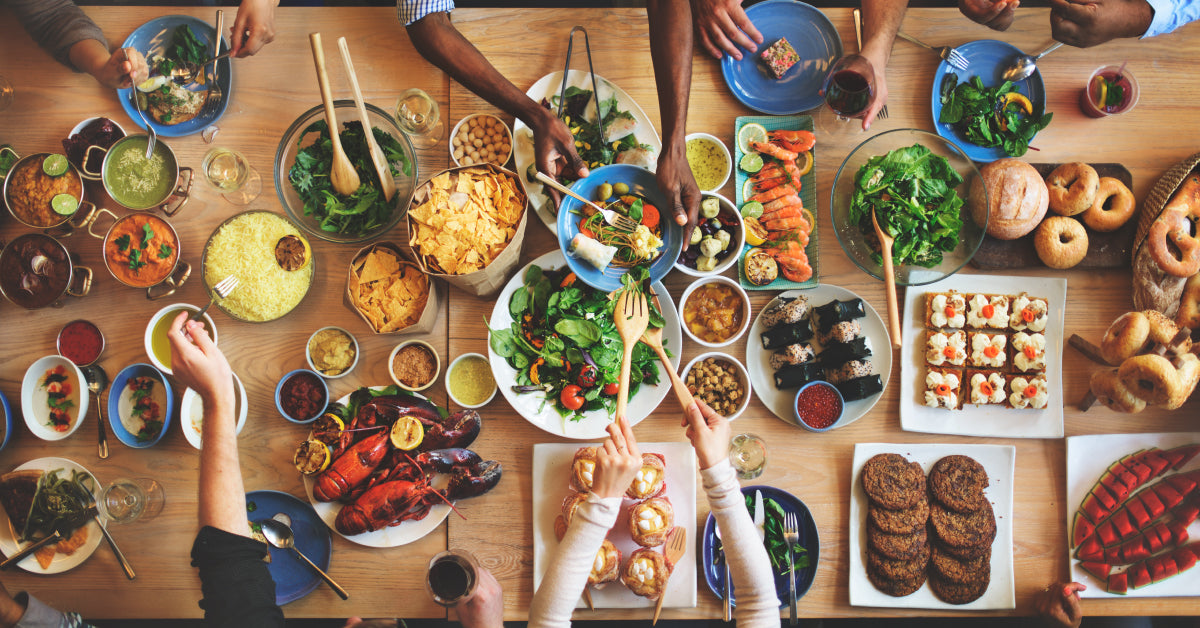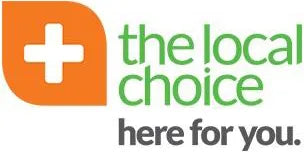
by Freda Coetzee
Lose Weight with the Right Protein, Fat and Carb Ratio
Counting calories are important, but knowing what ratio of protein, fats, and carbs you should eat can go a long way. What are the benefits of eating in the right ratios? Many diets focus on a single food group as the basis of the entire diet. However, these diets may then each have their own set of negative effects making it hard to lose weight. The best is to keep to a balanced way of eating, making sure that you get the right amounts of the respective food groups. Following a balanced diet ensures that you get your needed vitamins, minerals, and nutrients. Not only is it good for weight loss, but it can also help get you into the habit of eating balanced, which means that you can improve your long-term overall health. What should my ratios look like? When you break it down, the ratios protein, fats, and carbs should look like this: Protein: Between 10 and 35 percent. Fats: Between 20 and 35 percent. Wholegrain carbohydrates: Between 45 and 65 percent. An acceptable balanced diet is 20 percent of your calories from proteins, 30 percent from fats and 50 percent from carbohydrates. This translates into a ratio of 0.4 – 0.6 – 1. What types of food should I include in my diet? Protein To fulfil your protein needs, eat lean meats and beans. Grill salmon, chicken, extra-lean beef or vegetarian burgers are great sources of protein. Fat Good sources of healthy fats are avocados, olive oil, fatty fish, and nuts. Carbohydrates Whole grain carbohydrates are found in plant foods, like wheat. Make sure you are eating complex carbohydrates, which last longer in the bloodstream and keep you fuller for longer. Avoid the simple carbohydrates found in sweets, sugar and refined carbohydrates. Other foods such as plums, nuts, plantains and beans are good sources of carbohydrates. Daily Menu Begin your day with a breakfast containing mainly carbohydrates to help fulfil your dietary requirement of eating about 50 percent of your calories from this source. Download the Free Manna Diet e-book for menu and recipe examples. You can reduce your daily calorie intake by replacing 1 to 2 meals per day with the Manna Low GI Shake. If you drink the shake with full cream milk, the total calorie value is about 250. Also, the shake will help to curb food cravings and suppress appetite in a natural way, without starving you. This is surely the tastiest way to lose weight – the healthy way. Considerations In addition to keeping your ratios in a healthy range, limit foods with: Excess sodium Refined sugars Unhealthy saturated and trans fats Read the food labels of processed foods to make the healthiest choice. You should also include regular exercise into your weight-loss efforts to burn calories and lose weight more rapidly.












